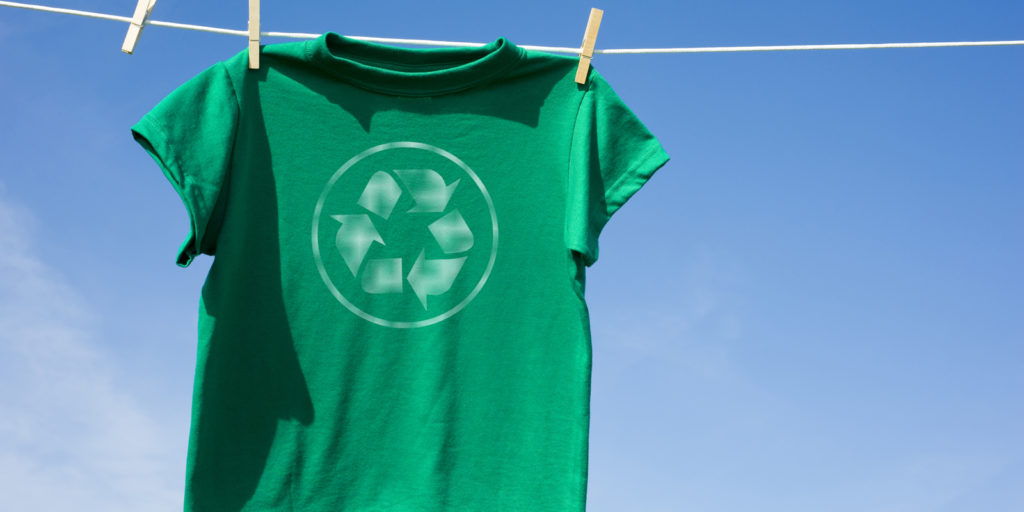
Over the course of 7 months I have donated around 70% of my clothes and surprisingly I don’t miss any of them. Mornings have been easier as I don’t have to dig into piles of clothes to find something I need. It has been quicker trying to decide what to wear, too.
Decluttering my closet has brought such a powerful change into my buying habit. I realize that this has helped me to become more careful about adding new stuffs into my place. But even when you are not on board with minimalism, there are many other reasons why you should consider slowing down your clothing consumption.
It is no secret that many companies such as Burberry will burn their unsold products to protect the exclusivity of their brands. Last year alone, 37 million USD worth of clothing and cosmetics were incinerated by this brand, sparking a fierce uproar. Regardless the claim that they are going through this process in the most responsible manner, the amount of natural resources and hard works used to produce their products are still gonna be wasted. The condemnations of such practices then forced this company to stop destroying their unsaleable products per September 2018.
Not many people realize that fashion is the second largest polluter after oil industry. The manufacturing of clothes introduces our environment to harsh chemicals applied during bleaching and coloring process. Besides, it is impossible to dye synthetic fibers such as polyester and acrylic with natural or low-impact coloring. Such fabrics are also not bio-gradable. It will actually take the clothes that you bought 20-200 years to decompose. And if you think this could not get any worse, a single clothe wash of these materials releases up to 730,000 tiny synthetic particles in water.
This industry consumes 1.5 trillion liters of water each year. While hundreds of millions of people across the world do not have access to drinking water, it requires up to 20,000 liters of water to grow just 1 kg of cotton.
Fast fashion with changing trends gets people into buying more clothes, treating them like they were disposable. As a result, our clothes’ average lifespan is reduced to only three years. The world now annually gobbles up about 80 billions of new pieces of clothing. This is 400% more than 20 years ago. It’s no wonder that 5,2% waste in the landfills come from textiles.
The production and transport of these goods emit so much carbon emissions. Close to 200 thousand barrels of oils are used while 380 thousand trees are cut down DAILY to make our clothing.
Just imagine your life with fewer clothes! Not only will you have more space to orderly arrange your stuffs, you will also get to help the environment and save your income. But when you really need to make the purchase, think of ways to reduce the environmental impact of it by considering these things:
- Always opt for quality instead of quality. Buy clothing items that are durable so they last longer.
- Make sure the brands of your choice are sustainable.
- Buy second hand.
- Choose 100% cotton or those with less water consumption. Cheap synthetic fibers release gasses like N2O, which is 300 times worse in causing damage than CO2 (James Conca in Forbes)